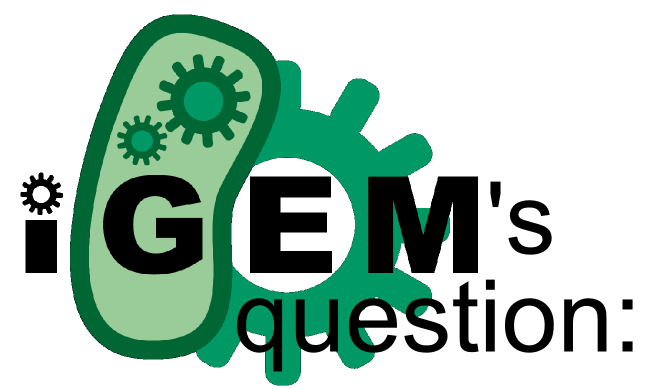Team:Freiburg/Safety
From 2011.igem.org
(Difference between revisions)
(→Safety) |
|||
| Line 8: | Line 8: | ||
== '''Safety''' == | == '''Safety''' == | ||
| + | ===General biosafety regulation in Germany=== | ||
| - | + | [[File:Freiburg11_1.png|left|100px|caption]] | |
| - | + | '''Which specific biosafety rules or guidelines do you have to consider in your country?''' | |
| + | :::::In Germany all work that includes recombinant DNA technologies is regulated by the Gesetz zur Regelung der Gentechnik. This law regulates general aspects in the life sciences and refers for more precise interpretations in §4 to the Zentrale Kommission für die Biologische Sicherheit. The ZKBS is a commission composed of 20 technical experts that releases yearly statements to actual issues of biosafety. | ||
| - | |||
| - | |||
| - | |||
| - | + | ||
| + | |||
| + | [[File:Freiburg11_1.png|left|100px|caption]] | ||
| + | '''Is there a local biosafety group, committee, or review board at your institution? If yes, what does your local biosafety group think about your project?''' | ||
| + | :::::At the Max Institute for Immunology and Epigenetics, Freiburg, for all concerns of security the Arbeitssicherheit is responsible and to contact if questions arise. Especially for questions of biological security Dr. Siegfried Kühn is cognizant. We contacted him a first time before the beginning of our project in March when it was clear that we were going to use a lab in the Max Planck facility. We got the permission for S1 work, but with a restriction to use only E. coli and not e.g. yeast, since the institute does not want to have spore making organisms in the building, to prevent uncontrallable conaminations. All our used equipment, chemicals, genetic parts and organisms were first approved by the Arbeitssicherheit. | ||
| + | |||
| + | |||
| + | ===Risk management=== | ||
| + | |||
| + | [[File:Freiburg11_1.png|left|100px|caption]] | ||
| + | '''Would any of your project ideas raise safety issues in terms of: researcher safety, public safety, or environmental safety?''' | ||
| + | :::::Our project was designed in a way that it avoids any serious safety issues. We do not use any human related sequences or that of any pathogens. Our used ''E. coli'' strains are BL21 and a derivate of ''E. coli'' K12. | ||
| + | :::::1) Hazard recognition and identification Risk assessment has been done and all legal regulations were considered. | ||
| + | :::::2) Biological containment Biological containment means the usage of organisms with "reduced replicative capacity, inefectivity , transmissibility, and virulence"18. | ||
| + | :::::3) Concentration and enclosure All work was done in a S1 lab inside the Max Planck institute certified by the german government. | ||
| + | :::::4) Exposure minimization Labcoats were worn, food and drinks were only allowed outside the lab. We furthermore eliminated all toxic reagents in the lab, except acids and bases, which we stored separately in special shelfes to contain them. We replaced Ethidiumbromide by a non toxic surrogate, which is proven to be harmless in mammals. | ||
| + | :::::5) Physical containment The lab is physically separated by glass doors to the hallway. The doors were always locked when nobody was in the room. | ||
| + | :::::6) Hazard minimization We avoided to use hazardous protein sequences on purpose. | ||
| + | |||
| + | |||
| + | |||
| + | [[File:Freiburg11_1.png|left|100px|caption]] | ||
| + | '''Do any of the new BioBrick parts (or devices) that you made this year raise any safety issues? If yes, did you document these issues in the Registry? How did you manage to handle the safety issue? How could other teams learn from your experience?''' | ||
| + | |||
| + | :::::We carefully avoided to use any pathogenic or hazardous sequences in our de novo protein design. However this need special attention, since unwatchfully copying adequate sequences from databases sometimes leads to at least partial pathogenic protein designs. In some databases these dangerous sequences are not outlined as such and it needs further investigation to find out about their natural functions. We did this and so managed to avoid copying a sequence of a protein from yersinia pestice. | ||
| + | |||
{{:Team:Freiburg/Templates/footer}} | {{:Team:Freiburg/Templates/footer}} | ||
Revision as of 14:03, 14 July 2011
 "
"
 Contact
Contact 












